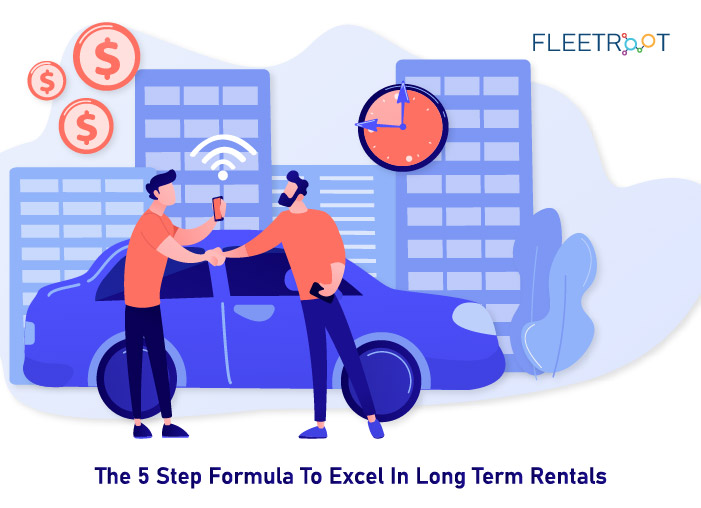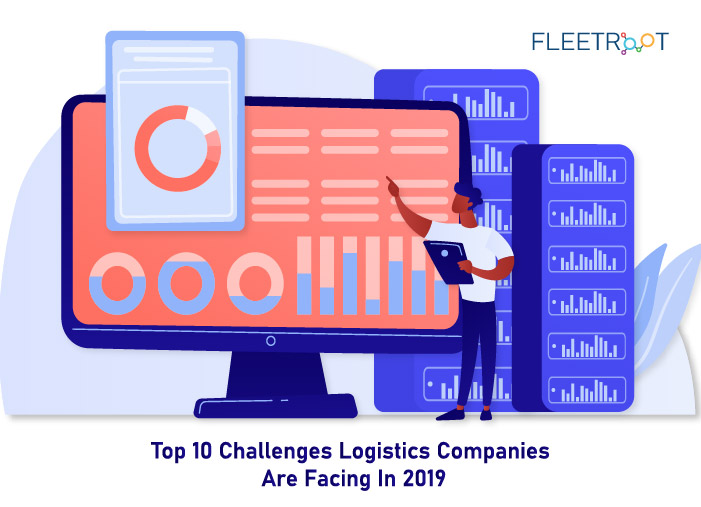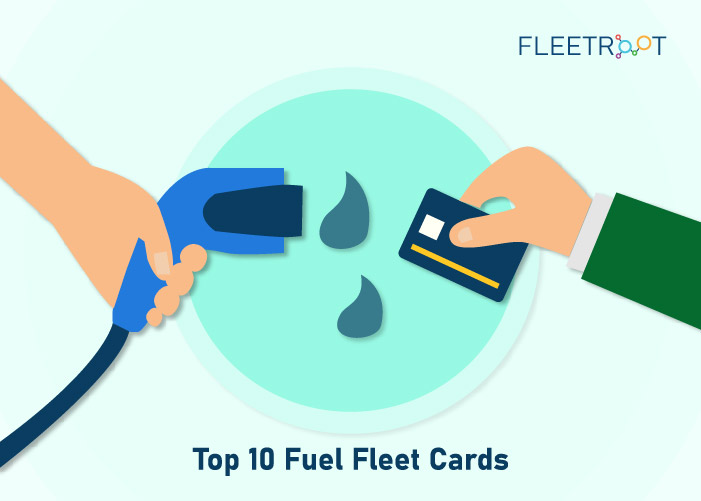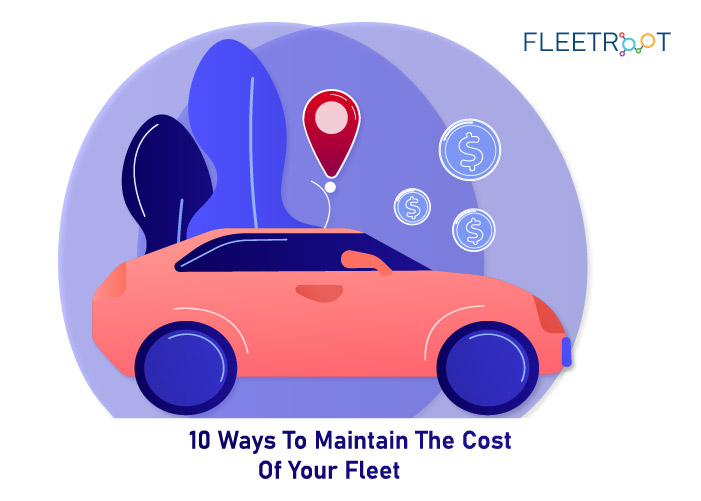As businesses evolve in the face of changing mobility trends, government regulations, emission norms and economic uncertainties, Long Term Rental / Leasing is fast becoming the preferred option over direct ownership of the vehicles.
At the same time, more and more fleet management companies are looking to maximize their fleet utilization, and major players like Merchants Fleet have already capitalized on this opportunity.
So, what do you need to do – to be successful in the long-term rental business?
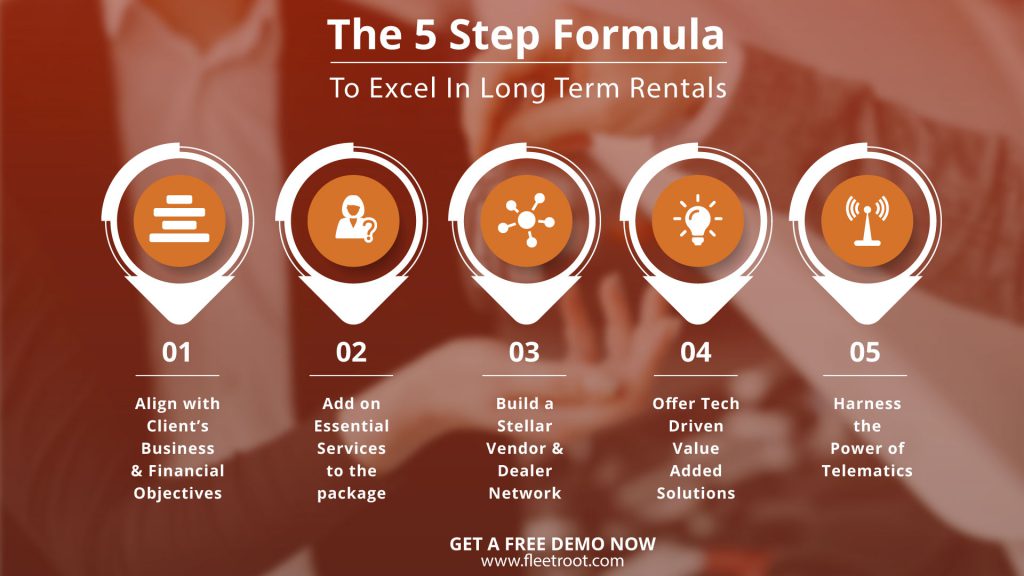
1.Align
with Client’s Business and Financial Objectives:
Offer a bespoke fleet leasing solution with the right combinations of vehicle type, mileage and lease structure, after taking into consideration all of the client’s mobility requirements – be it ongoing daily project needs, short term / seasonal requirements or specialty transportation.
You need to analyze client’s historical vehicle usage data, e.g., mileage accumulations and payment schedules and also be able to source the right type of vehicles – be it trucks, vans, buses or sedans.
Align with client’s financial priorities and risk tolerance. E.g., if the client wants to control costs and minimize risk and uncertainties, a close-ended lease solution would be the best.
While calculating lease payments, demonstrate with data to show that when the time comes to recycle the vehicles, client will have a reasonable safety net of residual value.
Flexibility is key – allow for fixed or variable rates of interest, closed or open-ended terminal rent adjustments, and be open to contract modifications if client’s usage pattern undergoes a change.
2.Add on Essential Services to the package:
Understand that when a client looks to lease a fleet, he actually wants to avoid all the problems and extra work that comes with the ownership. By taking on all the time consuming, repetitive and stressful tasks, you can allow him to focus on building his business.
Insurance: Determine the right insurance coverage level based on client’s project requirements and risk tolerance.
Registration: Manage license, title and registration requirements and streamline all paperwork for the entire fleet.
Tolls: Manage the entire process of toll payments electronically so that there are no delays on the road.
Violations: Have a system to keep track of violations, quickly process them so as to avoid penalties, and also provide full visibility to the client in the form of reports.
Accident Management: Offer 24/7 roadside support, process all claims as well as subrogation recovery, and provide quick vehicle replacements.
Maintenance: Help the client to reduce down time and unexpected repairs by laying out a maintenance management program that is transparent in terms of services and charges.
Analyze maintenance expenses alongside key expense items like fuel, as well as dashboard indicators to identify trends and modify accordingly.
3.Build a Stellar Vendor and Dealer Network:
As a provider of fleets and fleet management services, you are only as good as the strength of your network.
Vehicle Upfitting and Branding: In order to provide exactly what the client needs, you need to source the correct build of vehicle, the right after-market equipment and work with the specialist vendors to get the job done within the deadline.
Remarketing: When the time comes to recycle the vehicles at the end of the lease period, in order to provide the best sale price to the client, you need to be thoroughly updated on vehicle market trends and have access to multiple auction platforms, dealers and wholesalers where you can remarket the vehicles.
4.Offer Tech Driven Value-Added Solutions:
Use data and analytics to help customers right size their fleet – have the right vehicles to do the right job for the right duration of time. Focus on total mobility requirements instead of just fleet requirements to uncover more opportunities.
Corporate Car Sharing/ Pooling Management: Thanks to advanced vehicle technologies and the internet, you can offer a smart, keyless car-pooling management system that will optimally utilize the client’s fleets for their employees.
Employees can simply pre-book on a web interface, swipe a membership card and drive away, while the system keeps track of everything.
Customized Apps: You can offer smart phone apps that helps customers to access their lease terms on the move, report damages, locate the nearest service center, know what to do in case of an accident or breakdown, and call for a replacement.
Fuel Management: Fuel being the single largest contributor to operating expenses, you can devise a system to track fuel consumption via fuel sensor data alongside fuel-credit card purchase data and vehicle diagnostics data. This will not only help the client to increase fuel efficiency but also help to identify the fuel fraud.
Safety Training: Provide interactive online training to support drivers and help them learn safer driving practices that also help to conserve fuel and reduce emissions.
Track, monitor and report individual level driver behavior with a view to reinforce positive learning and significantly reduce the probability of accidents. Provide medical rescue training so drivers know how to help themselves and others in the event of an accident.
Sustainability Solutions: There is an increasing awareness worldwide about environment friendly practices. As a fleet management expert, you can offer to help your customers reduce emissions by providing more alternate fuel, hybrid and electric vehicles to the portfolio.
You can also collaborate with carbon offset providers to offer your customers a way to offset emissions by buying carbon credit certificates.
5.Harness the Power of Telematics:
Demonstrate your expertise in the business by leveraging GPS tracking technology and telematics data. E.g., you can monitor real time trip data, driver behavior as well as on-board diagnostics and other vehicle sensor data to provide the richest possible information and reporting solution to the client, based on his requirement and scope of the business.
The best fleet management system can help you present advanced data analysis and reports on an easy to use intuitive interface, and configure custom alert notifications.
Thus, you can help the client take better informed decisions to reduce costs, increase productivity, improve driving practices and safety.
Conclusion:
You don’t have to be a big player to succeed in this market. By keeping abreast of market trends, cultivating strong partner relationships, and using a data driven approach to solving client problems, you can maximize your fleet’s potential by exploiting the growing opportunity in long term rentals.
What are your views on the attractiveness of the long-term rental market?
Let us know by commenting below.
